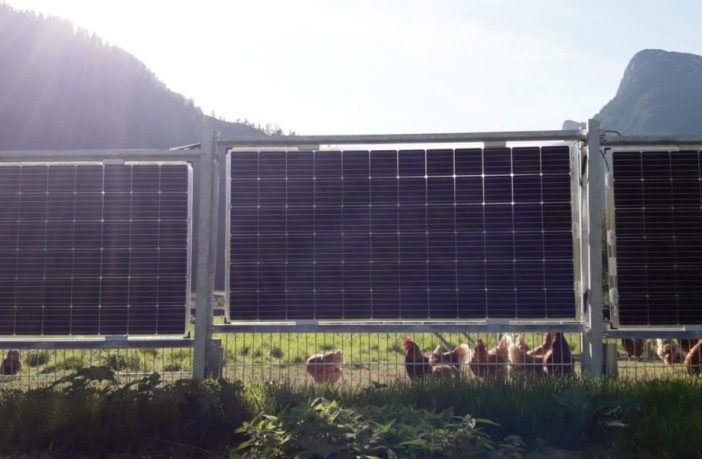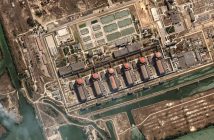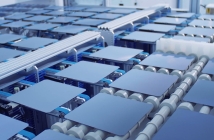German start-up Next2Sun Mounting Systems presented its new bifacial solar fence in a pv magazine spotlight on Thursday.
The newly launched product is a combination of a photovoltaic system and property fencing. With this system, solar power production is combined with an appealing design.
There are several variants of the bifacial solar fence for different applications in homes, businesses or agriculture. The self-consumption solution is offered to homeowners and enterprises whose roofs are not suitable for photovoltaic systems.
“The PV system has an output of 400 W per fence section,” Sascha Krause-Tünker, Next2Sun’s managing director and chief sales officer, said during the event. The fence has a frameless glass-glass heterojunction module structure with a bifaciality of more than 80%. The system uses solar modules with n-type Pert or heterojunction technology.
The bifacial solar fence is available as a single-row variant with the usual height of around 1.20 to 1.60 meters and as a two-row version for higher fencing. A premium version for different kinds of buildings is also available.
The fence is made with a steel structure made up of two posts and bars. According to Next2Sun, there is a customizable fence element in the lower area with which the height of the overall construction can also be flexibly modified. The galvanizing of the material surface offers protection from external influences.
The bifacial solar fence is claimed to be easy to install with just a few screw connections. As an alternative to the rammed steel profiles, drilling or concrete foundations are also possible if the conditions require it.
The fence technology relies on Next2Sun’s vertical mounting technology for bifacial photovoltaic panels. The mounting structure of Next2Sun allows vertically installed panels to exploit the incident solar radiation on their front and rear side and offer maximum performance during hours of high consumption at dawn and at dusk. Protecting from the wind and the sun, occupying little space, and easily integrated into fencing between fields or other structures, the system is ideal for agrivoltaic applications.
Author: Sandra Enkhardt
This article was originally published in pv magazine and is republished with permission.











